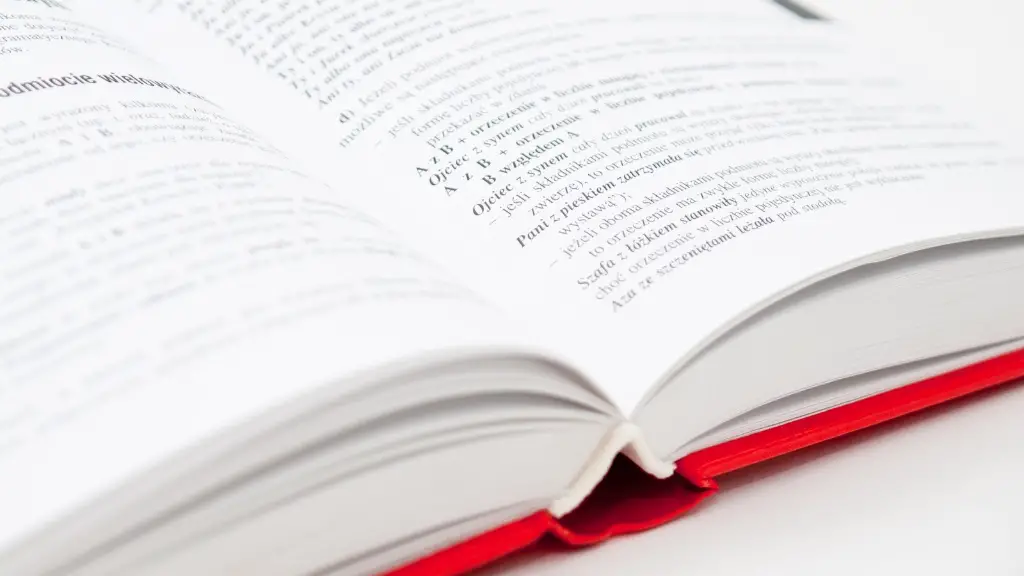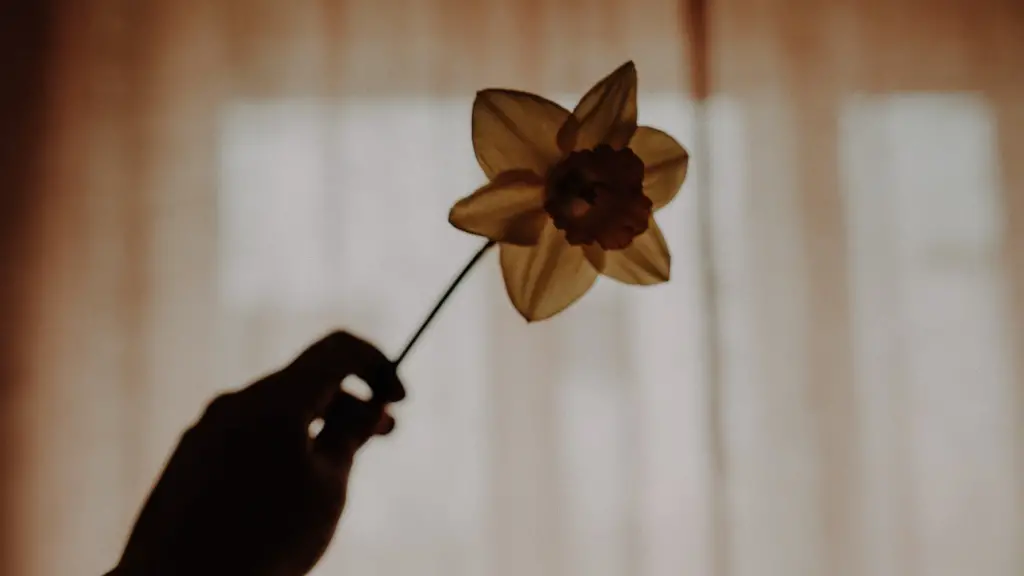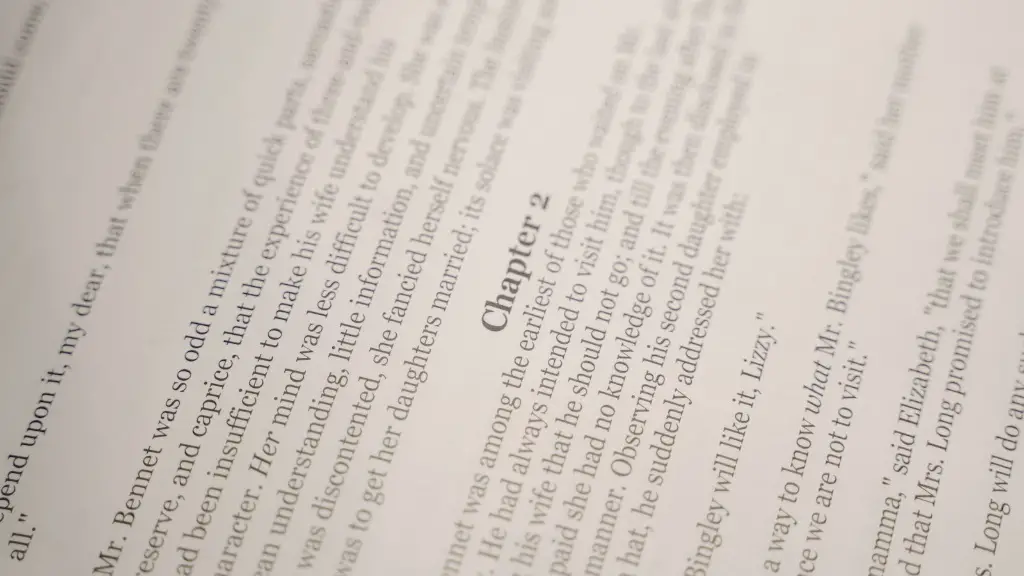What are the genres of poetry? Poetry has been around for hundreds of years, and it has evolved and mutated in many different forms over time. While each poem may be unique in its own right, poets and scholars often classify poetry according to certain conventions, like stanza length, line length, and certain characteristics of style, such as the use of rhyme and meter. As a result, poems of the same genre often share certain qualities, while those of a different genre may vary significantly. While there are many different genres of poetry, some of the major genres include: sonnets, haikus, odes, ballads, elegies, and epics.
Sonnets
A sonnet is a type of poem that is traditionally composed of fourteen lines of iambic pentameter with a rhyme scheme of ababcdcdefefgg. The structure of the poem is commonly divided into an octave (the first eight lines) and a sestet (the last six lines). Traditionally, the turn in the poem, known as the “volta” or “couplet” would occur at the end of the octave. Sonnets were first popularized in the Italian Renaissance, but they quickly spread across Europe. Writers like William Shakespeare and Edmund Spenser wrote some of the most famous sonnets of all time.
Haikus
Haikus are Japanese poems that traditionally include three lines of five, seven, and five syllables, respectively. They are typically concerned with nature or the seasons and often used to capture a single moment of life or feeling. Haikus became popularized in the West thanks to American writers like Jack Kerouac and Robert Hass. Today, the form continues to be practiced by contemporary poets, who often push the boundaries of the traditional structure.
Odes
An ode is a type of poem that adheres to certain formal structures, such as stanza length and meter. Odes often were traditionally intended to honor a particular person or to celebrate an event. Odes were first employed during the Classical Greek period by writers like Pindar and Sophocles. Later, during the Renaissance, odes gained more popularity with writers such as Edmund Spenser and Ben Jonson.
Ballads
A ballad can be thought of as a narrative poem, usually set to music. Ballads often have a rhythm and rhyme scheme, and typically deal with themes such as love, loss, and betrayal. Ballads emerged from the oral tradition of folk songs and originated in the Middle Ages. Although the form remains popular today, the genre is often associated with writers such as Robert Burns, Thomas Hardy, and Percy Bysshe Shelley.
Elegies
An elegy is a type of poem that is concerned with remembering or honoring the dead. Generally, elegies are melancholic, as they often reference passing time and the fragility of life. Traditionally, elegies are composed in a certain meter, such as iambic pentameter. Historically, elegies have been popularized by writers like William Wordsworth, John Milton, and Thomas Gray.
Epics
An epic is a type of poetry that is often concerned with the exploits of heroes and legends. Epics often take the form of long narratives, spanning many different characters and places. One of the most famous examples of epic poetry is Homer’s Odyssey. This poem has long been cited as the inspiration for the style of Western literature, with later writers such as Virgil, Milton, and Goethe drawing on its themes and characters.
Lyric Poetry
Lyric poetry is a type of short poem that typically expresses intense emotion. It is often set to music and is usually composed in a certain meter, such as iambic pentameter. The form originated in Ancient Greece, with writers such as Sappho employing its conventions. Later, the Renaissance composers adopted the form, with William Shakespeare, John Donne, and Edmund Spenser writing some of the most famous examples of lyric poetry.
Limericks
A limerick is a five-line poem that follows a specific rhyme scheme of AABBA. The poem is typically humorous and employs a specific meter as well as a subject or setting. Limericks emerged in the 18th century and first became popularized by the British poet Edward Lear. Although the form has been employed by serious poets, such as W. H. Auden, it is often associated with cheeky, bawdy humor.
Free Verse
Free verse is a type of poem that is composed without adhering to a particular meter or rhyme scheme. Writers of free verse are not bound to a particular structure, allowing them freedom to explore and experiment with language. The form has become increasingly popular in the 20th century, with writers such as William Carlos Williams and T. S. Eliot expanding its scope.
Verse Drama
Verse drama is a type of poetic form that often integrates music, costumes, and scenery into a theatrical performance. These performances are usually composed of multiple scenes that are driven by dialogue as well as monologues, soliloquies, and choruses. Classic examples of verse drama include Shakespeare’s plays, such as Macbeth and Hamlet.
Satire
Satire is a type of poem that employs ridicule and irony in an effort to expose and critique human behavior. Satires often contain explicit messages of outrage and moral outrage, and they may take the form of narrative or dialogue. The form originated in Ancient Rome, with writers like Horace and Juvenal. It has since been popularized by modern poets such as Alexander Pope, Jonathan Swift, and Walt Whitman.



